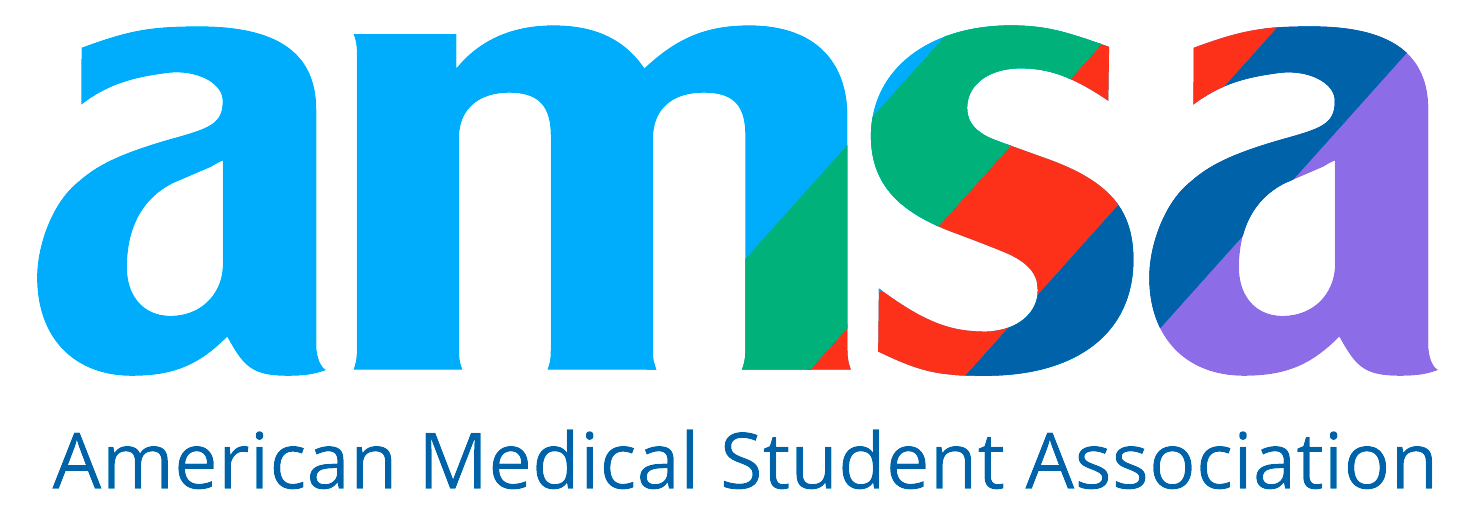Radiology Career Path: Education, Training & Licensing
Go-Elective Abroad
Radiology Career Path: Education, Training & Licensing
Radiology is one of the most intellectually stimulating and technology-driven specialties in medicine. Radiologists play a vital role in diagnosing and guiding the treatment of various conditions—often making them the doctor’s doctor. If you're a high school, pre-med, or medical student exploring your future in healthcare, this guide will show you what it takes to become a radiologist and how to make the journey more rewarding with global experiences through Go Elective.
What Does a Radiologist Do?
Radiologists are medical doctors who interpret medical images such as X-rays, CT scans, MRIs, and ultrasounds. Some radiologists also perform image-guided procedures to treat conditions (interventional radiology). They collaborate with physicians across nearly all specialties to help diagnose diseases and monitor treatment progress.
A Quick Look at Radiology vs Radiography
Radiologists interpret images and often make diagnostic decisions, while radiographers (also called radiologic technologists) are the professionals who operate the imaging equipment. Learn more about these roles in our upcoming guide on diagnostic careers.
Your Radiologist Roadmap: Education and Training Timeline
To become a radiologist, expect to spend over a decade in rigorous academic and clinical training. Here’s a breakdown of the path:
Step 1: Earn a Bachelor’s Degree (4 Years)
Choose a science-heavy major like biology, chemistry, or physics. This is where you'll complete your pre-med requirements and begin building your medical school application. Strengthen your résumé through volunteering, leadership, and healthcare exposure.
Tip: Join Go Elective's Pre-Med Shadowing Programs in Kenya or Tanzania to stand out from other applicants.
Step 2: Attend Medical School (4 Years)
Whether you pursue an MD or DO degree, medical school will build your foundation in anatomy, pathology, pharmacology, and clinical skills. Most U.S. medical schools require the MCAT for admission.
Step 3: Complete a Radiology Residency (4 Years)
After med school, match into a diagnostic radiology residency. You'll rotate through subspecialties and learn to read complex imaging in various clinical contexts.
Step 4: Optional Fellowship (1–2 Years)
Fellowships allow you to focus on a niche like interventional radiology, neuroradiology, pediatric imaging, or musculoskeletal radiology.
How Long Does It Take to Become a Radiologist?
- Bachelor's Degree: 4 years
- Medical School: 4 years
- Residency: 4 years
- Fellowship (Optional): 1–2 years
- Total time: 12–14 years
Licensing and Board Certification
To legally practice, you'll need to pass the USMLE (MD) or COMLEX-USA (DO). Most radiologists pursue board certification through the American Board of Radiology (ABR), which demonstrates your clinical excellence and commitment to standards.
Radiology Subspecialties: Explore Your Options
If you’re wondering where a radiology career can take you, consider these high-demand specialties:
Neuroradiology
Focuses on brain, spine, and nervous system imaging.
Interventional Radiology
Uses real-time imaging to guide procedures like biopsies, stent placements, or embolizations.
Pediatric Radiology
Specializes in diagnosing illnesses in infants, children, and teens.
Breast Imaging
Concentrates on breast cancer detection through mammograms and other tools.
Nuclear Medicine
Combines imaging with small amounts of radioactive material to diagnose and treat diseases.
Building Real-World Experience Early
Start early. If you're a high school or pre-med student, clinical exposure is critical. One way to do this is through Go Elective's international medical internships.
Through Go Elective’s programs in Kenya and Tanzania, you’ll:
- Shadow radiologists and physicians in real hospital settings
- Understand healthcare delivery in resource-limited regions
- Experience the global burden of disease firsthand
- Participate in cultural immersion and optional safaris
Whether you're considering radiology, surgery, or internal medicine, apply here to kickstart your healthcare career journey.
How Research, Networking, and Mentorship Shape Your Radiology Career
- Join radiology interest groups during undergrad and medical school
- Attend academic conferences like RSNA or ACR
- Find mentors in your specialty of interest—mentorship is essential when applying for competitive residencies
Life After Residency: Where Radiologists Work
Radiologists work in:
- Hospitals
- Outpatient imaging centers
- Academic medical centers
- Teleradiology companies (remote work is growing fast)
Radiology is known for high compensation and flexibility. It also offers work-life balance options through remote roles, part-time work, or subspecialty tailoring.
How to Stand Out as a Future Radiologist
Many students apply to medical school with similar GPAs and MCAT scores. Here's how to elevate your application:
Gain International Clinical Experience
Medical internships abroad show initiative, adaptability, and cultural competence. Go Elective lets you shadow physicians in real-world African hospital settings, often in departments like radiology, internal medicine, emergency, or pediatrics.
Pursue Shadowing, Volunteering, and Research
Start local and global. Combine research on medical imaging with shadowing doctors abroad.
Craft a Personal Statement With Depth
Use your global health experiences to write a powerful narrative for your personal statement—something that shows not just academic interest, but heart and purpose.
Final Thoughts: Your Journey to Radiology Starts Now
Radiology offers a rewarding and tech-forward career path for future physicians who enjoy diagnostics, technology, and collaboration. The road is long—but if you start early, stay focused, and get the right clinical exposure, your dream is well within reach.
Ready to explore radiology firsthand? Apply Now
Article Details
Categories
Recent Articles , Pre-health, Nursing Internships, PA Internships, Med Schools,
Author: Go-Elective Abroad
Date Published: Sep 7, 2025
Travel with us.
Inquire Today!
Go Elective offers immersive opportunities for medical students, pre-med undergraduates, residents, nursing practitioners, and PAs to gain guided invaluable experience in busy hospitals abroad. Discover the power of study, travel, and impact.






